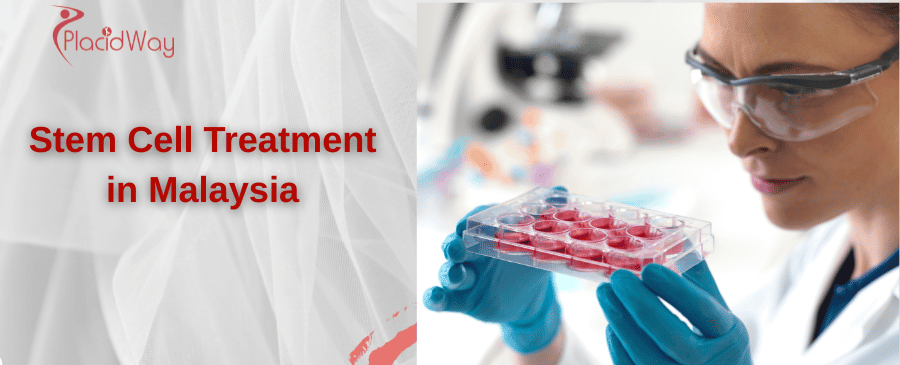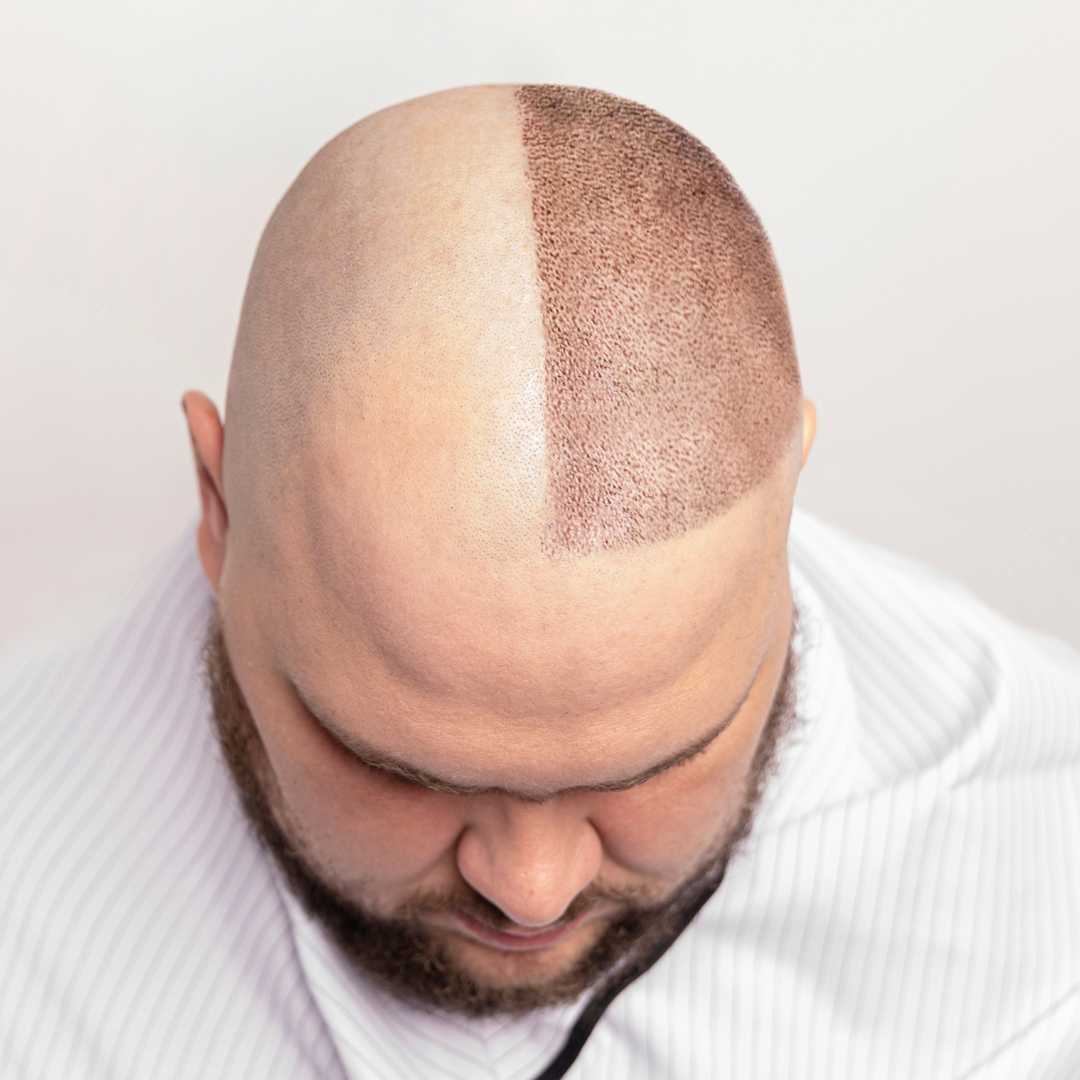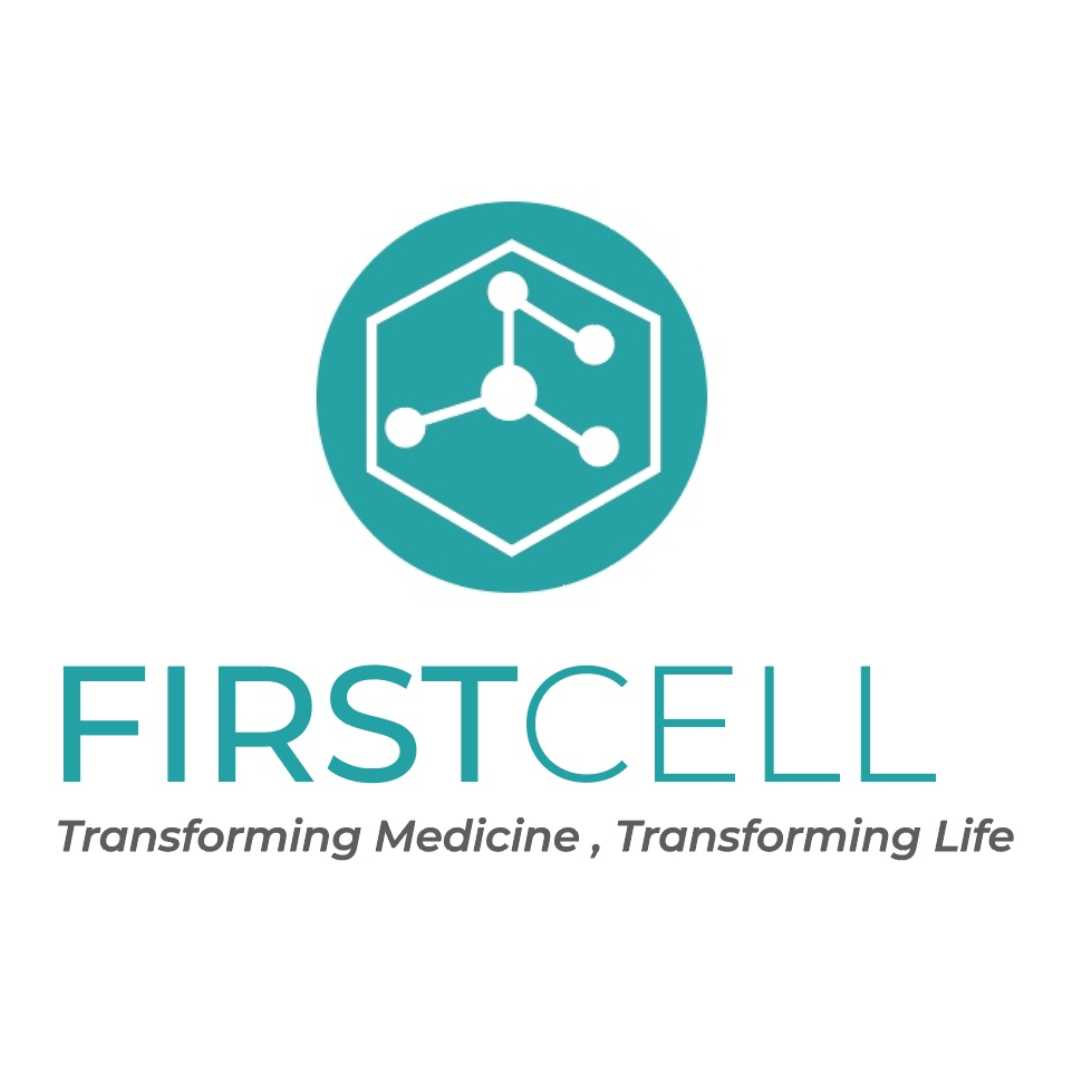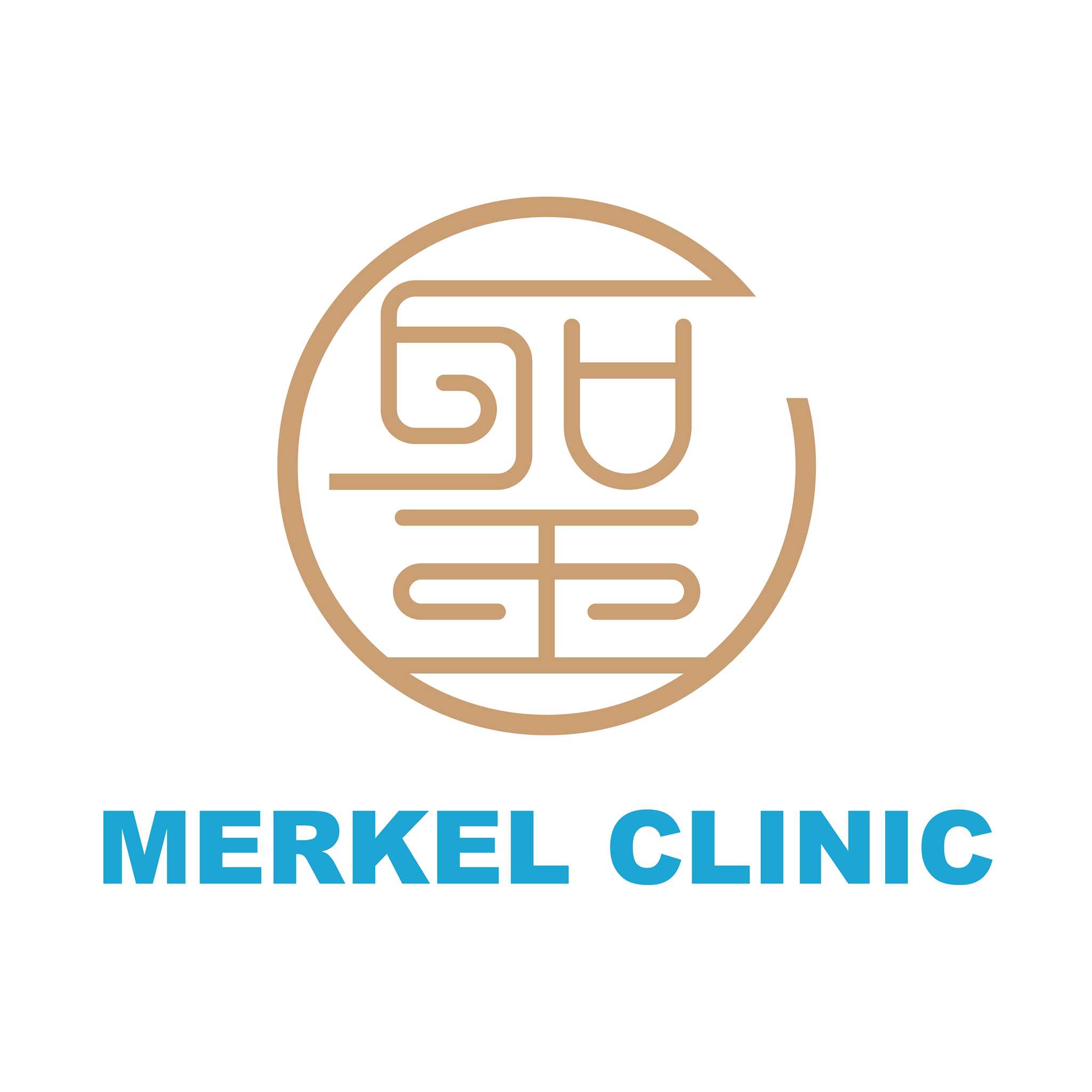The Allure and the Risks: Understanding Why Malaysia is a Hub for Stem Cell Tourism

Malaysia has earned a stellar reputation as a world-class medical tourism destination, celebrated for its internationally accredited hospitals, highly trained specialists, and affordable costs for a wide range of procedures. This success has created a "halo effect," leading many patients to explore the nation's offerings in cutting-edge fields. This brings a critical question to the forefront: "Why is medical tourism in Malaysia chosen for Stem Cell Treatment?" The answer is complex and requires a careful distinction between Malaysia's legitimate medical sector and a controversial, direct-to-consumer market for unproven therapies.
On one hand, Malaysia's appeal is rooted in its genuine medical excellence. The country boasts a growing number of internationally accredited hospitals, particularly in Kuala Lumpur and Penang, that excel in fields like cardiology, orthopedics, and fertility. This established infrastructure provides a foundation of trust. Patients are drawn to the country's high standards of care, English-speaking medical staff, and overall positive healthcare experiences. This creates a perception that Malaysia is a safe and advanced place for any medical procedure, including those as complex as stem cell therapy.
However, the primary driver for patients specifically seeking stem cell therapy is often the availability of treatments for conditions for which this therapy is not scientifically proven or medically approved. Private "wellness" and "regenerative medicine" centers market intravenous stem cell infusions for general anti-aging, rejuvenation, and a host of chronic conditions. These clinics operate in a regulatory gray area, offering hope and experimental procedures that are not accessible in countries with stricter regulations like the US or UK. This guide will explore both sides of the coin: the strengths of Malaysia's healthcare system that create the appeal, and the significant risks and realities of the unproven stem cell treatments being marketed to international patients.
What are the legitimate strengths of Malaysia's healthcare system?
The "halo effect" that draws patients to Malaysia is based on very real and verifiable strengths in its mainstream medical sector. These factors create the impression that the country is a universally excellent choice for any procedure.
- International Accreditations: Malaysia has a large and growing number of hospitals accredited by the Joint Commission International (JCI), the global gold standard for patient safety and quality of care.
- Highly Trained Doctors: Many of Malaysia's top medical specialists have received their postgraduate training and board certifications in the United Kingdom, Australia, or the United States, ensuring adherence to Western medical standards.
- Affordability: For proven, evidence-based surgeries and treatments, Malaysia offers cost savings of 40-60% or more compared to the US, without a drop in quality.
- Language: English is widely spoken by medical professionals, eliminating communication barriers for international patients.
This well-deserved reputation makes patients feel secure when exploring other, more experimental treatments within the country's borders.
Why is Malaysia specifically chosen for Stem Cell Therapy?
This is the crucial distinction. While a patient might come to Malaysia for a proven orthopedic surgery, another might come specifically because they can access a stem cell treatment that their doctor at home would tell them is unproven and potentially unsafe. The clinics offering these services position themselves as providing "the future of medicine" to patients who feel let down by conventional options.
They market intravenous infusions of mesenchymal stem cells (MSCs), often claimed to be sourced from umbilical cords, as a way to "rejuvenate" the entire body. The marketing leverages the legitimate excitement around stem cell science but applies it to unproven, broad applications, creating a powerful allure for hopeful patients.
What do these unproven treatments claim to do?
The marketing focuses on broad, subjective wellness benefits that are highly appealing to consumers. The claims are based on the theory that aging is a result of depleted stem cell reserves, and that "topping up" this supply can reverse age-related decline. While this is an area of early scientific interest, it is not a proven therapeutic strategy. The treatments are presented as a cure-all for a wide range of issues, from cosmetic concerns like wrinkles to serious chronic diseases, often with little to no high-quality clinical data to back up the claims.
What is the official medical and regulatory stance in Malaysia?
This is a critical point that is often obscured by clinic marketing. While patients may choose Malaysia because they believe they are accessing a legitimate therapy, they are often stepping outside the country's own regulatory framework. The MOH has been clear that stem cells are considered a drug product and must undergo rigorous testing and registration for each specific medical indication.
Currently, there are no stem cell products registered in Malaysia for anti-aging. This means the products being used in these wellness clinics have not been evaluated by the MOH for safety, purity, or efficacy. This stands in stark contrast to the country's highly regulated and safe environment for approved medical procedures.
| Factor | Perception (Why Patients Choose It) | Reality (The Critical Context) |
|---|---|---|
| Quality | Malaysia has world-class, JCI-accredited hospitals. | Unproven stem cell treatments are offered in private clinics, not typically in major accredited hospitals. |
| Legality | The treatment is available, so it must be legal. | It is not approved by the Malaysian MOH for anti-aging. The clinics operate in a regulatory gray area. |
| Efficacy | Testimonials and marketing claim it reverses aging. | There is no credible scientific evidence to support these claims. |
| Cost | It may seem like a good value for a high-tech procedure. | The cost ($15,000-$30,000+) is for an experimental procedure with no proven benefit. |
What are the real risks of pursuing this treatment in Malaysia?
Patients are attracted by the potential benefits, but they must be aware of the considerable downsides. The International Society for Stem Cell Research (ISSCR) and other global bodies warn of several key risks:
- Safety Risks: The cell products are not registered with the MOH, meaning there is no oversight of their sourcing, processing, or storage. This creates a risk of contamination, transmission of infectious diseases, or severe immune reactions.
- Efficacy Risk: The most likely outcome is that the treatment will have no effect, as there is no scientific evidence that it works for anti-aging.
- Financial Risk: The cost of these treatments is enormous. Patients risk spending a life-altering amount of money on what is effectively a placebo, diverting funds from legitimate health and wellness strategies.
While Malaysia remains an outstanding destination for a wide range of proven medical procedures, it's crucial for patients to be discerning. The country's reputation for quality in established medicine should not be mistaken for a blanket endorsement of every experimental therapy offered within its borders.
For those seeking safe, effective, and evidence-based medical care from a network of accredited global providers, it is essential to do thorough research. To explore vetted and accredited hospitals for legitimate medical procedures, you can find options on PlacidWay.


.png)




.png)
.png)
.png)







Share this listing